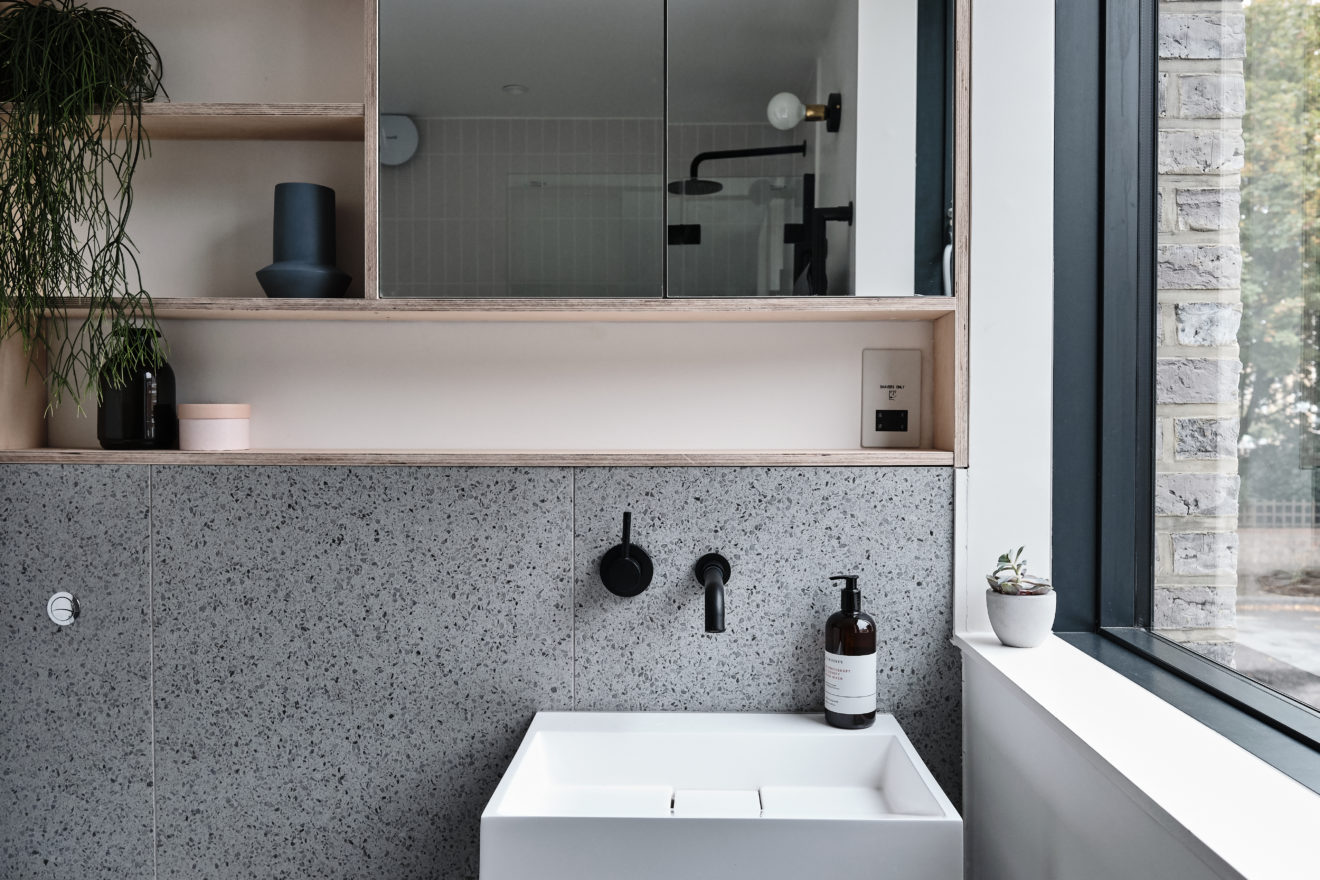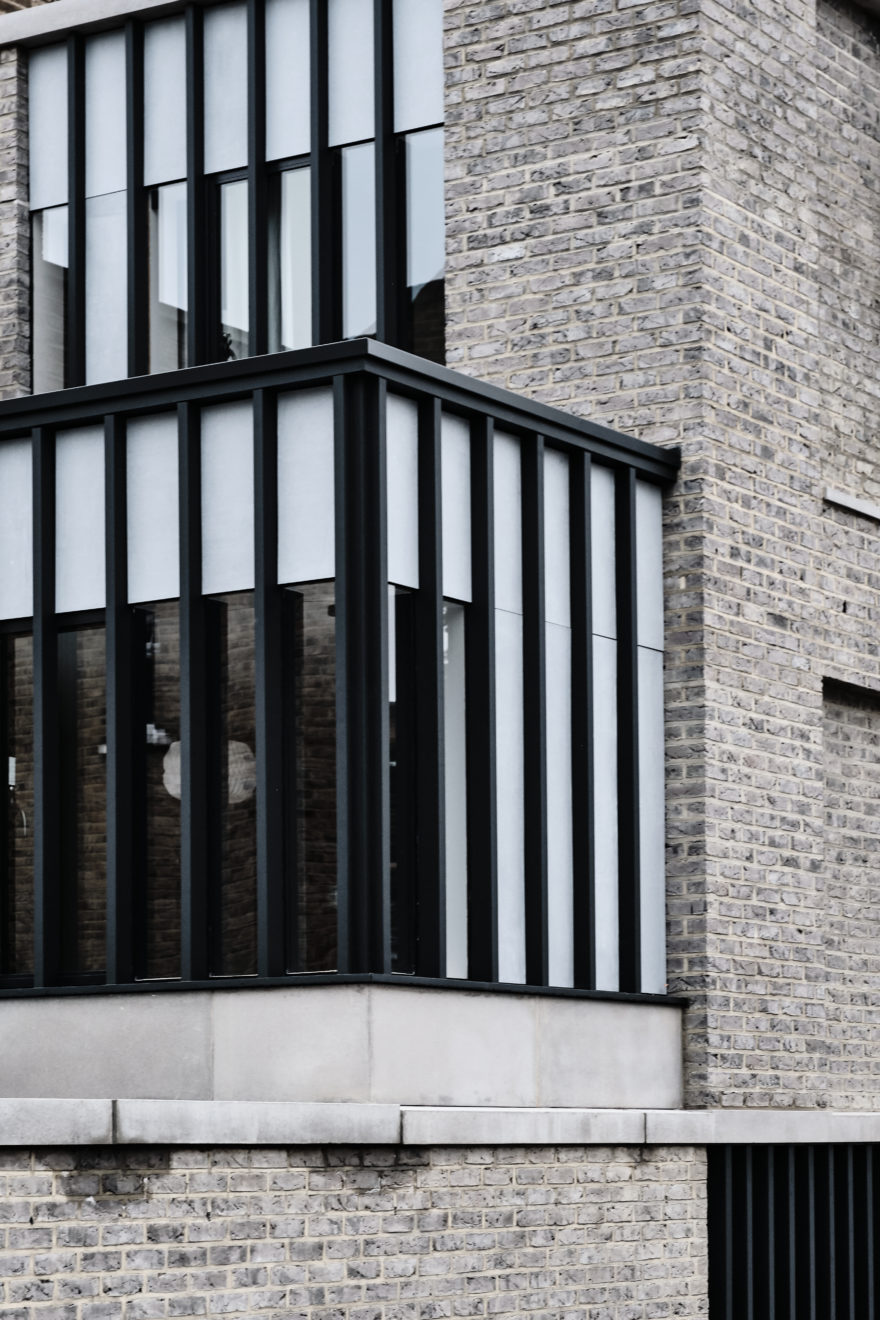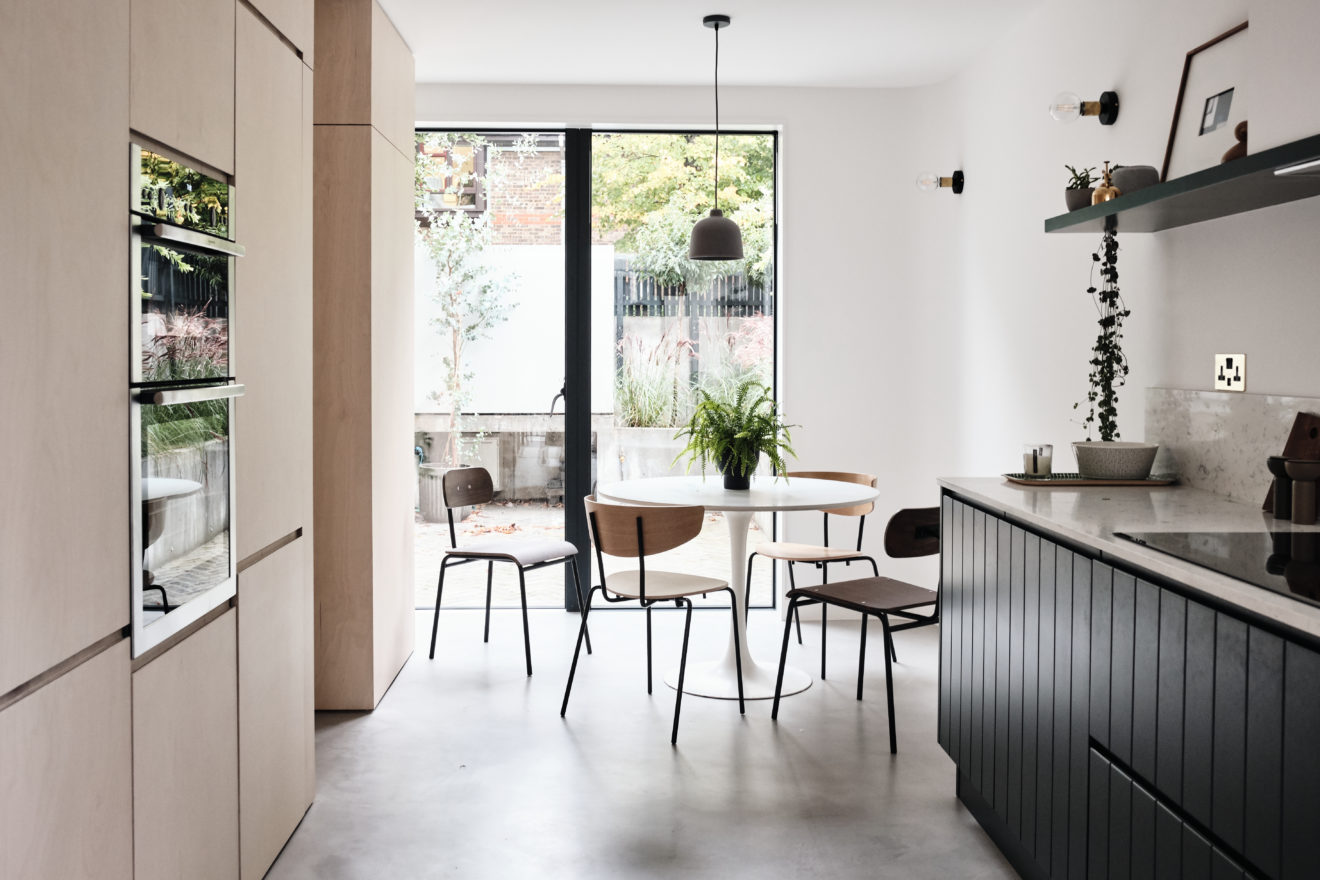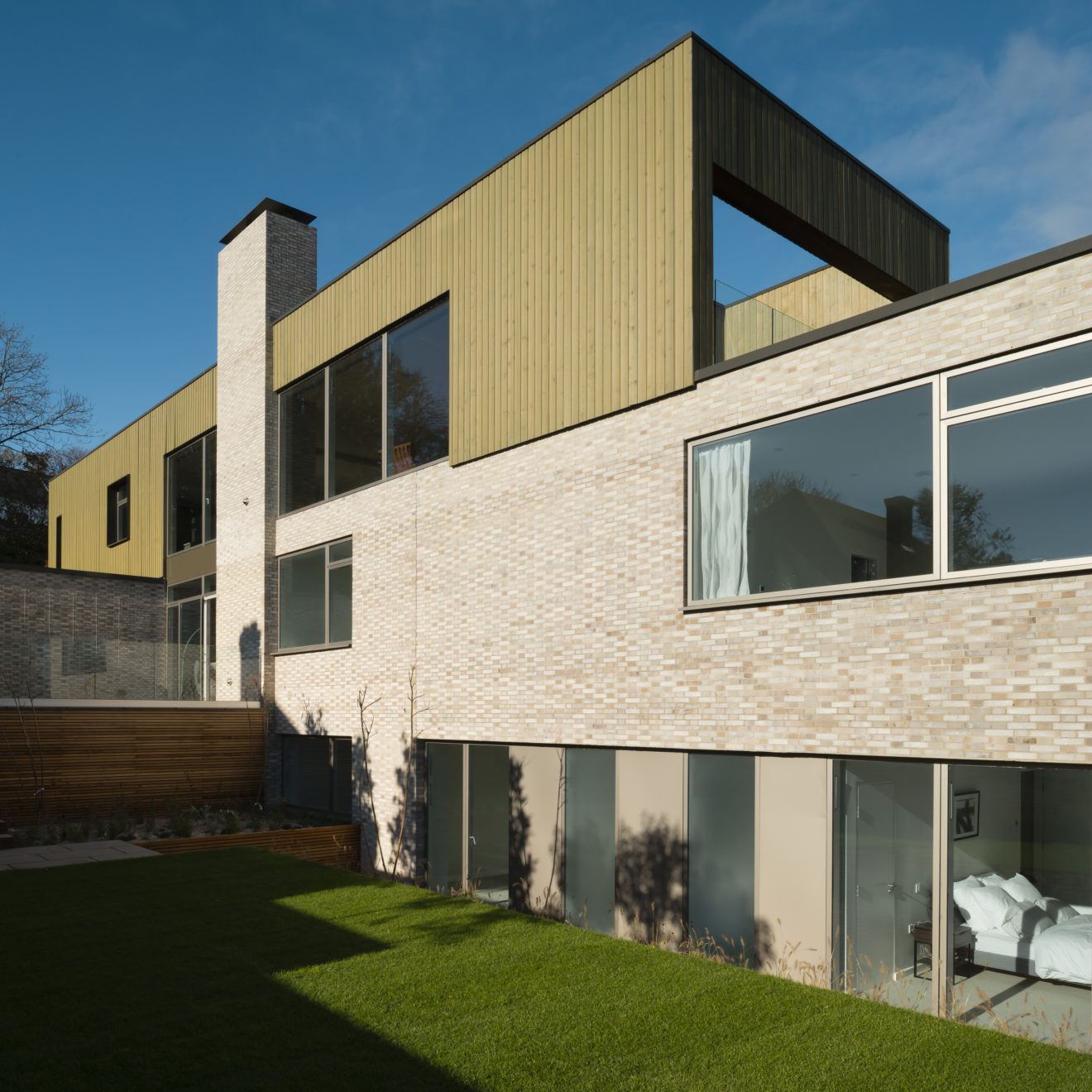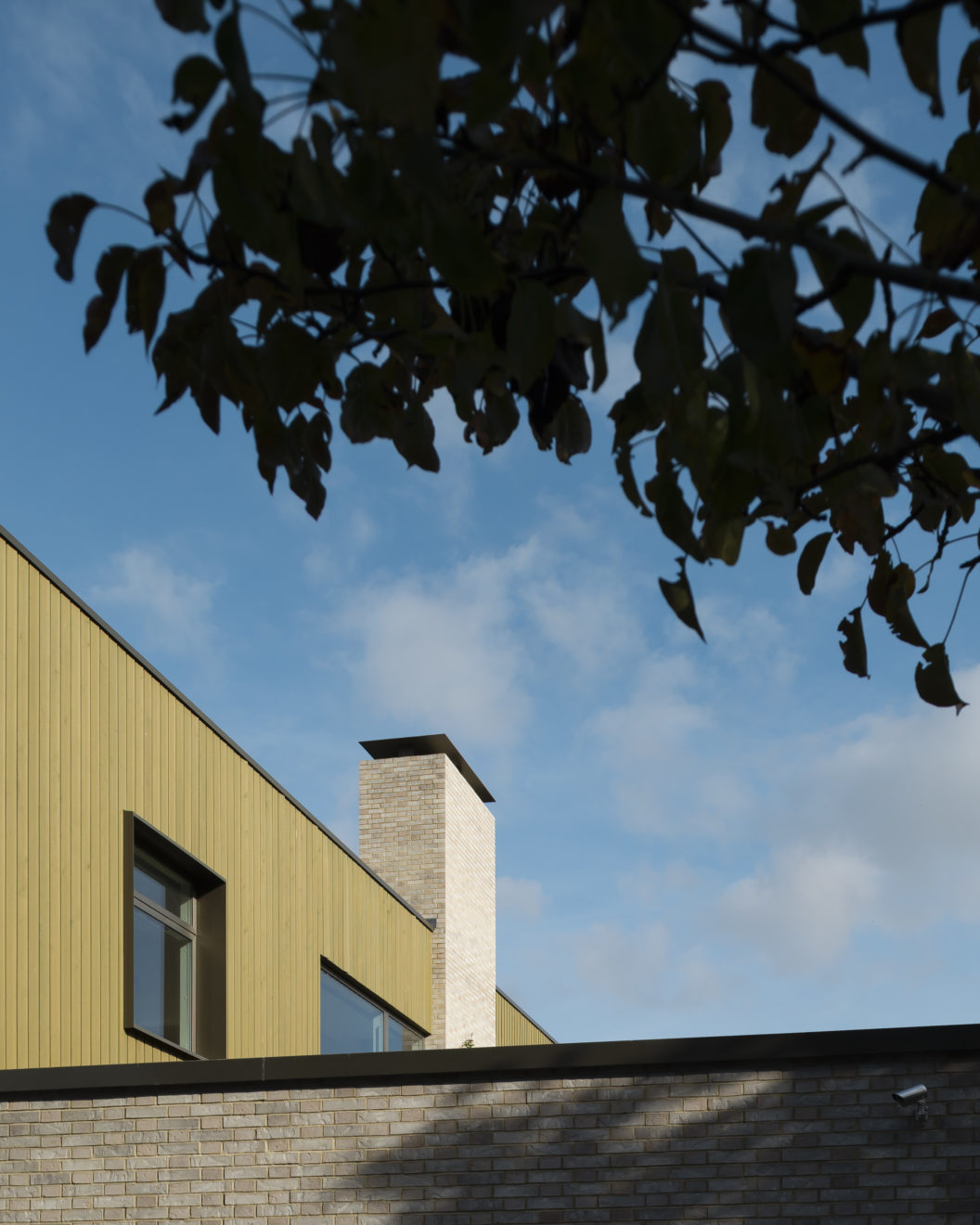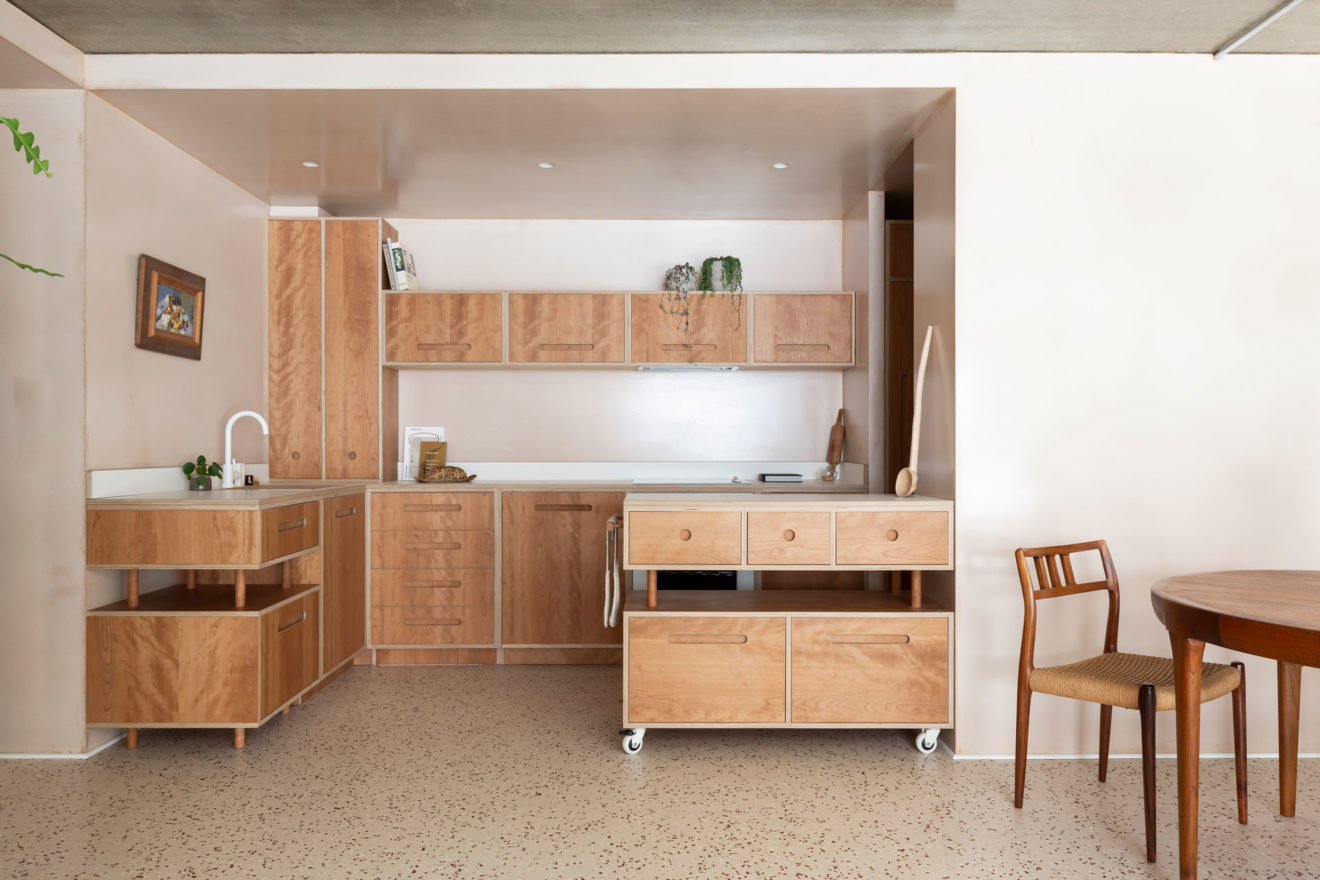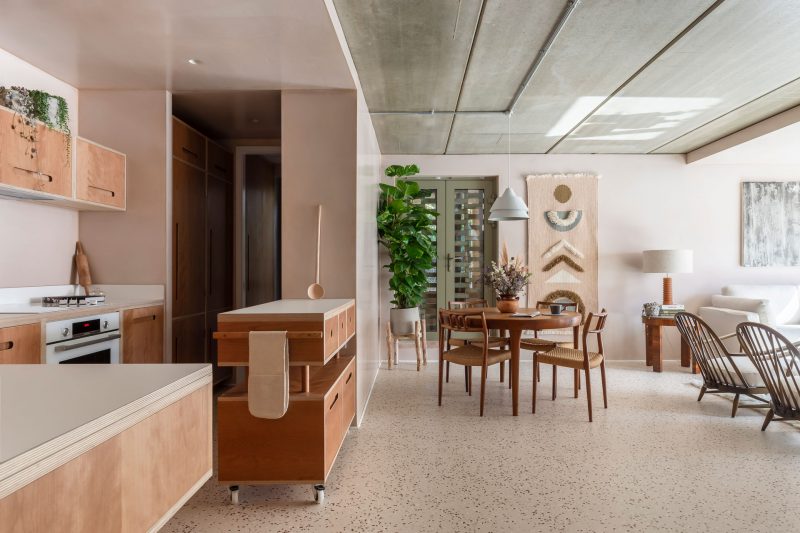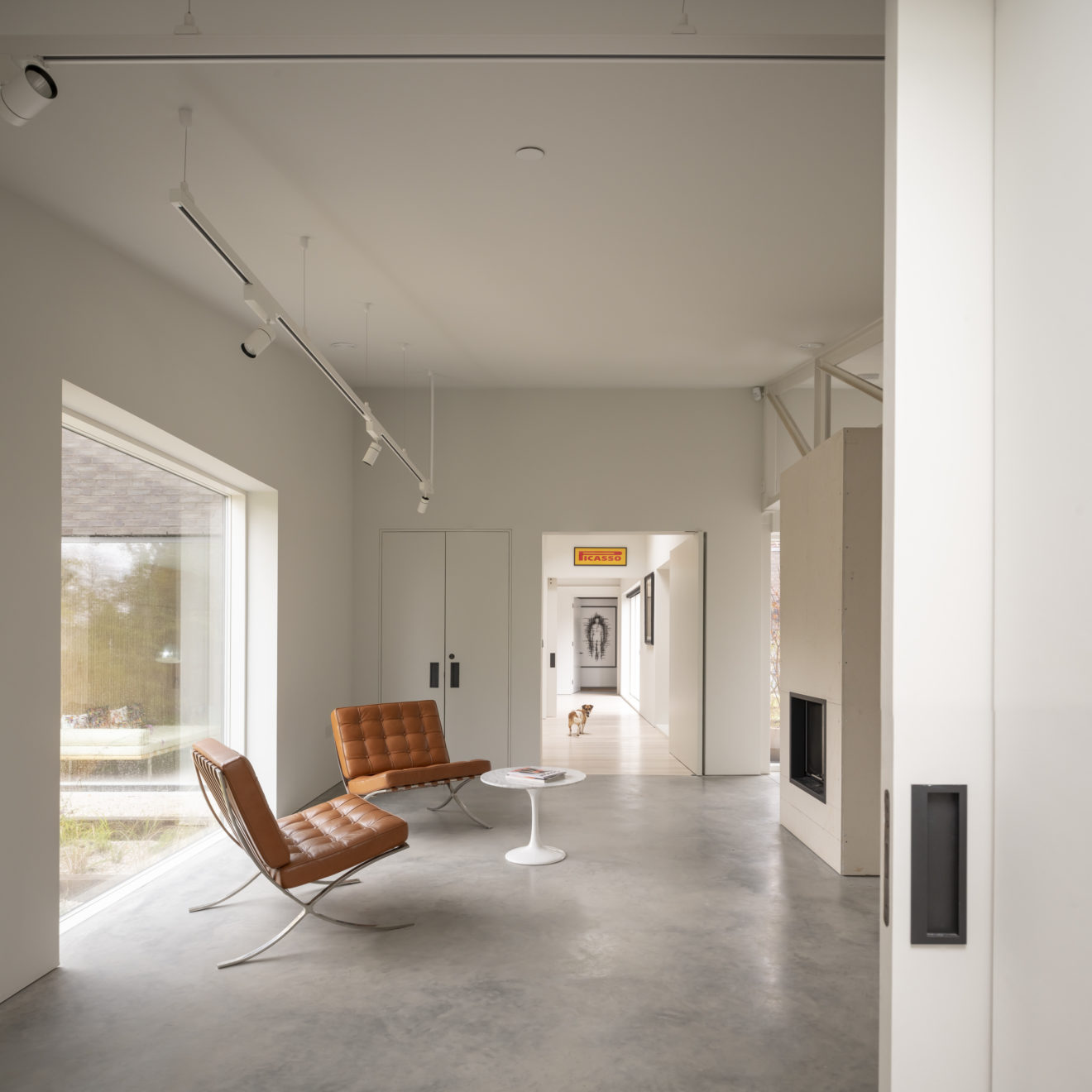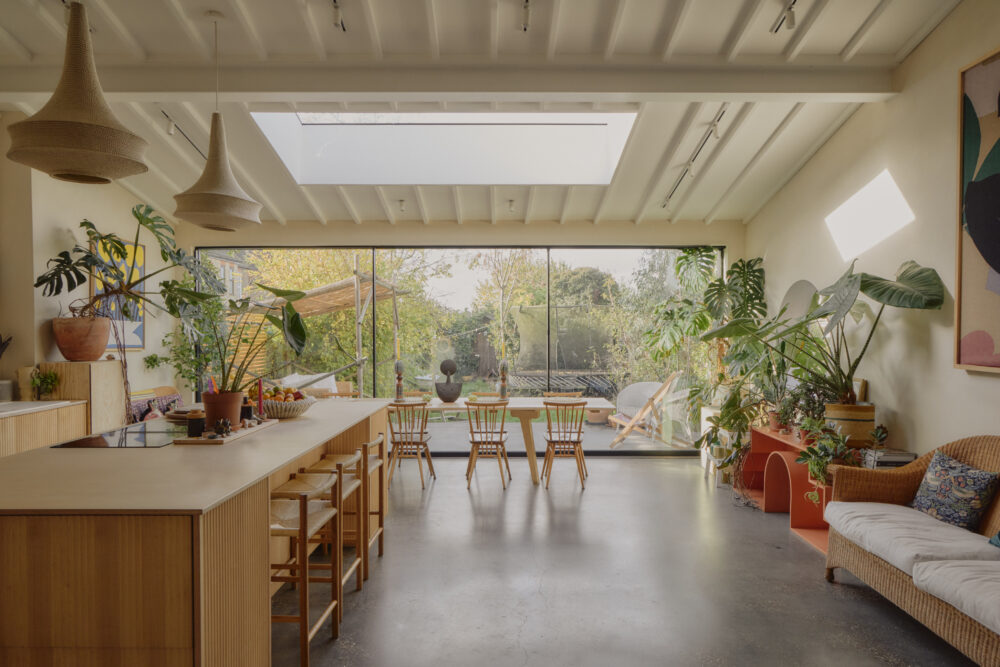How to develop: an insider’s guide
At Aucoot, we’re lucky enough to market some of the best designed properties out there, but you can’t have too much of a good thing when it comes to beautifully put together buildings. So, for those of you keen to turn your hand to property development and contribute to the next generation of homes, we speak to a group of property development experts to find out the necessary steps you need to take before embarking on any first time project: sourcing land, financing projects and obtaining that all-important planning permission.
Many well-established developers will have a team of people sourcing land that fits a particular requirement, but for first timers this will likely be one of the many different hats to wear throughout the project. Start with an area you’re familiar with and go from there. Unless this is a self-build project, you’ll likely need to look closely at resale value and rental demand in the area, as well as the social demographic. Depending on the location, you may need to choose between greenfield and brownfield sites, with each carrying their own planning requirements and cost implications for you to weigh up. For example, a brownfield site may need to be cleaned up before work can start and this can eat away at your budget. However, brownfield site redevelopment can sometimes prove cheaper in the long run, as vital infrastructure (roads, drainage, electricity) will already have been established.
‘I only operate in London so it’s all brownfield,’ says emerging developer Sara Mungeam, who cut her teeth on a rental cottage in Brockley before moving onto an ambitious end of terrace transformation – The Corner House – that yielded three separate properties after completion. ‘I try to stick locally to areas that I know as the nuances in values between even streets in one area is enough to keep me busy when it comes to researching potential projects.’
This stick-to-what-you-know sentiment is shared by Jonathan Ellis, Managing Director at London-based developers Artform Group, who has a team of people scouting locations every day. ‘They’re on planning portals, speaking to agents and architects, looking for new opportunities. We’re quite specific with the areas we want to work in and stick to what we’re good at. We know our target market – which is probably £500 to £1200 a square-foot buyer – and we know the locations within which we can operate within that bracket,’ he explains.
For Paul Templeton, Director of RIBA award-winning Baobab Developments, the nature of the land itself then informs the design. ‘I always have ideas of projects bubbling away and we only start developing the design once we have the land. Otherwise you end up shoehorning in a scheme that does not belong to the site. I think there is nothing worse than a scheme that belongs to nowhere and has no connection to the site and area.’
Whether your project is privately funded, self-funded or financed via bank loan, you should decide upfront how quickly you’ll need to see a return on your investment, particularly if there’s more than one investor involved. Market fluctuations and unforeseen circumstances may derail any initial plans, so always have a contingency for recoupment in place. The type of bank funding available depends on the extent of the development you have planned. Development finance can be used to fund a percentage of both the plot of land (up to 70%), and the actual build cost (up to 100% in some cases, providing the loan does not exceed 70% of the gross development value). Though bank funding may be tricky to acquire for first time developers, as Mungeam explains, ‘To start off, it was my own money and bank finance. For The Corner House, the major banks didn’t want to lend to me as I had no track record of doing a new build, so I was looking at more niche (and expensive) lenders. Then a friend came through with some finance – I was lucky. He saw that I had a track record and is now interested in investing again’. Some developers who also act as landlords may also have the option to finance projects with their portfolio, negating the need for liquid cash up front.
Plots are available to buy with planning permission already granted, though these tend to be more expensive. And, while there’s a larger gain to be made from them, they do carry bigger risks. Ellis testifies to this, ‘We have acquired sites with what’s called a ‘subject to planning basis’ that we got absolutely nowhere with in terms of obtaining planning permission, simply writing cheque after cheque. There can be all sorts of stipulations, making it harder and more expensive to develop. They range from area to area, and they range from road to road.’
As well as the cost implications, time is also a factor, as any delays in the schedule will cost you too. Mungeam suggests doing as much as you can during the purchase stage. ‘Time and energy goes into researching whether or not a plot or property is worth investing in. The biggest upfront risk is always the planning and the idea is to lower the risk as much as possible, pre-exchange. Doing pre-apps during the purchase process is important and requires some investment.’
This pre-application process Mungeam mentions involves meeting with a planning officer for an informal discussion, prior to submitting an application – be aware that some local authorities charge for this service. This can be incredibly useful, reducing the risk of submitting an invalid application later down the line. It’s also an opportunity to verify the local list of requirements and understand how these policies may impact your plans. During this meeting, you’re within your rights to ask whether or not there’s a likely chance of being granted permission. It’s also wise to ask about any potential issues, such as noise or traffic, and whether or not the council may impose conditions around these, instead of refusing planning permission.
James Sharp, an independent town planning and development consultant, steers most of his clients to take the pre-application route. ‘If you don’t engage voluntarily in the pre-app route then many councils can be harder to deal with.’ However, he also adds that the quality of advice received from the department at the pre-app stage can vary considerably and doesn’t guarantee permission as an end result. ‘That’s the hardest part for a client to understand: you could get a very positive response back from the pre-app but you still might not get planning permission – it’s just the officer’s opinion at pre-app but it’s the council that makes the decision,’ he says. Despite this risk, Sharp still believes it to be the best approach much of the time. ‘I would still suggest the pre-app route because you can agree various technical matters, even if you disagree on other issues.’ These technical matters are usually something that you can measure, such as access to site or the amount of daylight going into a room, the latter of which has a British standard to adhere to. Sharp adds: ‘Other things could be more subjective and you’d have to take a view based on your experience as to whether the planning officer is correct, or whether you just think they’re taking an unnecessarily narrow or pedantic view on something. At the pre-app stage you are allowed to put forward a couple or three different ideas and see which the planners think is the best one, which can be helpful.’
Many urban areas are mired with restrictions or have been bestowed conservation status, where local authorities must take into account the need to protect or preserve the special character of an area. This can mean that planning permission may be required for some things considered “permitted development” in non-conservation areas. London, in particular, has its own reference document, The London Plan, containing overarching guidelines and criteria for the design and delivery of new housing within the city. Each borough then interprets this plan in their own way, placing emphasis on particular parts of that plan.
Once work begins, Ellis suggests keeping a dialogue going with all parties involved for a smoother process. And, as you build a development portfolio, this stage should become easier with a good track record behind you. ‘You have conservation officers and design officers as well as planning officers – and it gets tricky when they all have conflicting views. But you just have to keep communicating. We try to build nice looking buildings – sympathetic, as many sustainable angles as possible – so when we present to a council, with our track record, I think they know we’re not just trying to make a quick profit,’ he says.
Geography, personal aesthetic and experience are all determining factors in putting a core team together for your project, though a major consideration should also be mutual understanding, as Duncan Blackmore, Director of award-winning firm Arrant Land explains: ‘It’s really about personalities and being able to picture an enjoyable, creative and stimulating working relationship. I also need to know that my project is genuinely important to them and that they are going to give it their creative attention.’
For Templeton, it’s a list of criteria he refers to for each project. ‘I look for several things: a commercial understanding of development and cost; the ability to marshal the components of design I consider central, namely light and space and material and flow; a collaborative approach and a modernist aesthetic,’ he says. Cost is another consideration that can tip the scales. ‘There are some incredible firms out there I would love to work with but the buildings they design are too expensive to deliver commercially, so I always look for firms that are able to achieve high quality design in light of cost constraint.’
Mungeam chose an architect she could trust to guide her projects seamlessly through the planning stages. ‘It was really planning that drove my decision. For my Peckham Flats, I went with local architect Steve Turvill, who seemed to have the best grasp of how to get it through planning. And with The Corner House, I was looking for an architect who had done exciting one-off new builds in Southwark and came across 31/44 who had done The Red House in East Dulwich. I’d also done two pre-applications on that project prior to engaging an architect, so I was able to give them good direction from my conversations with Southwark.’
Building up a trusted network of builders for quotes will also certainly help in the long term, both in terms of costs and availability to keep to schedule. To those architects who are developing their own projects, you’ll save on fees but need to weigh up whether time allows for you to wear both hats, simultaneously.
Timelines will likely run on longer than anticipated and there will inevitably be niggles that crop up throughout the project, so having a contingency spend for these in your budget will help enormously. In this sense, the budget can be a sort of moveable feast, allowing you to pull spend from certain areas to account for unexpected costs in others. A resilient mindset will also pay dividends, explains Mungeam. ‘I try to remain level headed during the build and use any issues as opportunities to come up with something better or to find creative ways to work around them. Or just accept there’s a cost involved, swallow it and move on,’ she says. Know when to pivot, to part ways with unreliable contractors and have the courage to curb and simplify your plans if that’s in the best interests of the development.
Margins can vary with both the construction market and the sales market to contend with, as well as unexpected planning costs and schedule delays. It can also be hard to make big economic strides, unless you’re adding a large footprint or lots of units. Additional costs to consider include CIL (Community Infrastructure Levy) charge. This is a charge that local authorities can impose on new developments and only applies in areas where a local authority has consulted on and approved a charging schedule that sets out its levy rates, and this is published on its website. New developments which create net additional floorspace of 100 square-metres or more, or creates a new dwelling, are potentially liable for the levy. Exemption is subject to liability, and these exemptions tend to apply to self-build properties.
With a sale affected by the mood of the market, pay close attention to the calendar to avoid the avoidable: summer holidays, Christmas and elections should be steered clear of. And what happens if a project fails to sell within the expected time frame? All investor parties need to be in agreement of a Plan B. One option is to refinance and hold, renting the property out until the market settles, though that is only a short-term solution. When you do sell, it’s important that you partner with an agent who understands the true value in what you have created – someone you can work collaboratively with to agree the best strategy for your desired outcome, and exposure to a relevant and receptive client base.
What will set you apart from other developers is knowing which direction the market is heading in and what buyers are looking for. There has been a huge shift towards sustainability and a heavier leaning towards environmentally friendly development but, as Duncan Blackmore points out, progress is ultimately dictated by policy. ‘There should absolutely be more of a focus on sustainability, but the wider industry is led by policy and economics so those things will need to drive that change. At our smaller scale, I hope that we can continue to serve a conscientious and interested customer with distinct and ideas-driven buildings and places,’ he says. Recent months have also placed a premium on outdoor space, and we may see more multi-purpose interior configurations emerging that allow people to relax and work from home.
The goalposts are moving all the time in terms of planning restrictions, particularly in urban areas. Keeping abreast of any changes is key. Ellis sees this as a positive step for the future of development: ‘Funding has become easier for certain things but building control and regulations have become harder, which I see as a positive because what’s making it harder is ultimately making it better – we’re providing people with better quality accommodation now than we ever used to.’

